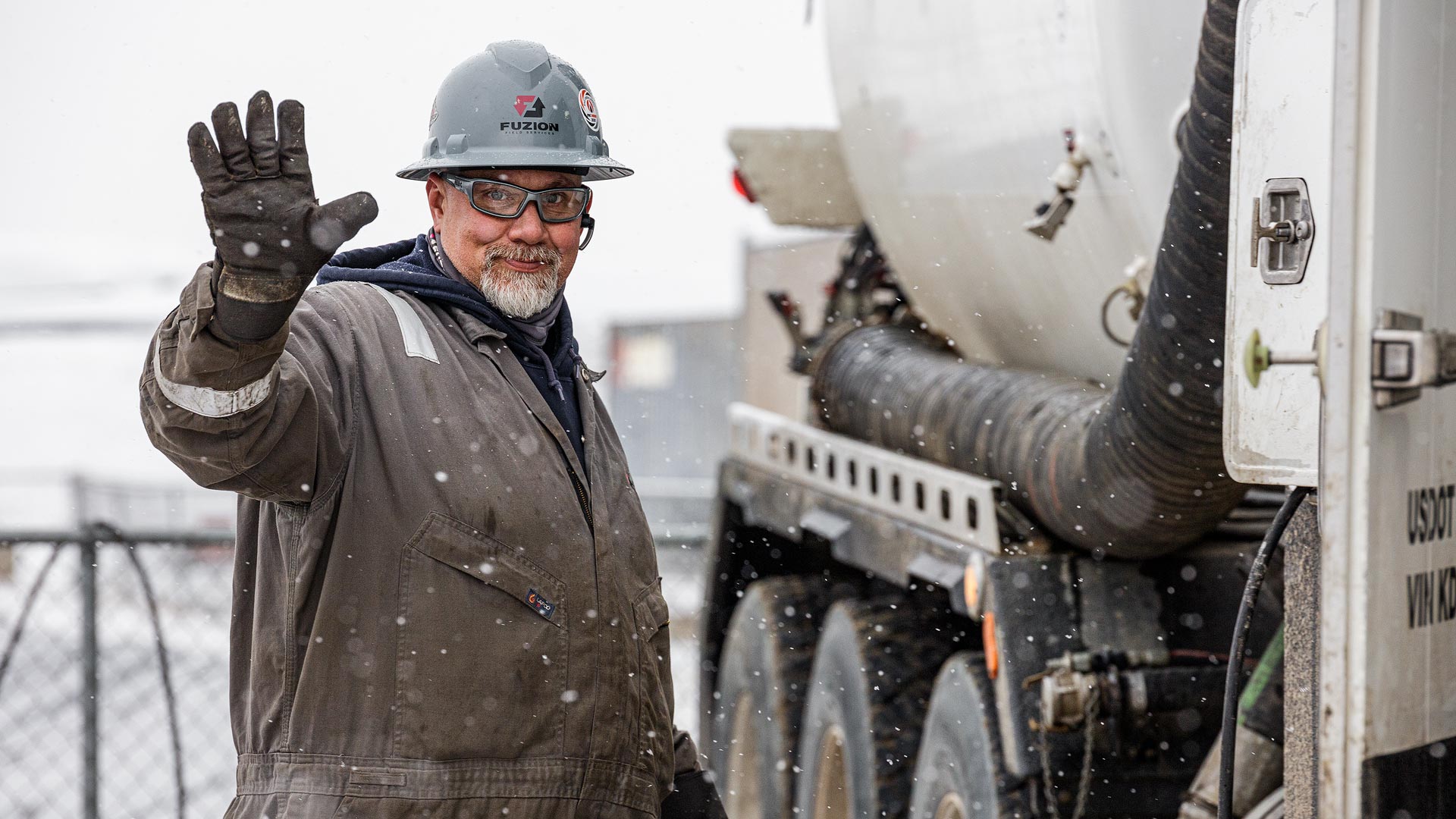Emergency Spill Response: Expert Environmental Cleanup
- Blog
Emergency spill responses are critical for safeguarding both environmental and public health. Rapid action is essential when dealing with chemical spills, oil leaks, and hazardous material releases. This article explores the integral components of an effective emergency response and the role of resources such as dumpsters in managing environmental cleanup.
Understanding Emergency Spill Response
Emergency spill response is the immediate action taken to mitigate the impacts of accidental releases of chemicals, oil, or other hazardous substances. These incidents can occur in various settings, including industrial sites, laboratories, and during transport. The primary goal is to contain the spill quickly to minimize environmental damage and health risks.
Common Scenarios Requiring Emergency Spill Response
Emergency spill responses often involve situations such as ruptured storage tanks, pipeline leaks, or transportation accidents, each demanding a specific approach to effectively manage and mitigate risks.
- In these events, not only hazardous materials but also non-hazardous substances can become involved, complicating the cleanup process.
- Non-hazardous materials, such as soil, debris, and other operational waste, may also need removal and proper disposal.
Coordinating the efficient handling of these materials is crucial to restoring safety and environmental integrity to the affected area.
Importance of Immediate Action
Immediate response is crucial to prevent the spread of hazardous materials, protect sensitive environments, and ensure public safety. The effectiveness of the response can significantly influence the environmental and health outcomes of the spill.
Key Elements of an Effective Spill Response Plan

A successful spill response plan is crucial for minimizing environmental and safety risks in workplaces handling hazardous materials. This plan must be comprehensive yet flexible, ready to address a variety of spill types efficiently.
Framework of the Plan
- Risk Assessment: Regularly evaluate potential spill risks to tailor specific response strategies.
- Resource Allocation: Clearly list available resources, including emergency contacts, spill response equipment, and essential safety gear like dumpsters and spill kits.
- Safety Protocols: Define safety measures, including the mandatory use of Personal Protective Equipment (PPE) and detailed emergency evacuation routes.
- Communication Strategy: Develop a robust communication plan that outlines the roles and responsibilities of the response team, ensuring swift and coordinated action.
- Maintenance and Accessibility: Maintain readiness by regularly checking and replenishing spill kits and other response equipment.
This framework not only prepares your team for immediate action but also ensures compliance with safety regulations, reducing potential hazards efficiently and effectively.
How to Respond to Emergency Spills: A Step-by-Step Guide

Follow these steps to effectively manage and mitigate emergency spills:
- Identify the Substance and Assess the Risk: Swiftly determine what has been spilled and the associated risks. Note the type, quantity, and hazard level of the substance.
- Personal Protection: Equip all responders with the necessary Personal Protective Equipment (PPE). This includes gloves, goggles, and respiratory protection appropriate to the chemicals involved.
- Stop the Spill: Act quickly to stop the source of the spill. This may involve closing valves or righting overturned containers to prevent further leakage.
- Contain the Spill: Deploy physical barriers like booms, or use absorbent materials such as pads or spill kits to limit the spread of the substance.
- Minimize the Risk: If safe, neutralize acids or bases; use specific agents like degreasers for oil spills to start the cleanup process.
- Clean Up: Remove the spilled materials using suitable tools, such as scoops or vacuum systems designed for chemical spills.
- Decontaminate: Thoroughly clean all affected areas and equipment to remove any traces of the spilled substance, ensuring no residual hazards remain.
- Proper Disposal: Dispose of all waste and decontaminated materials in accordance with local environmental regulations.
- Report and Review: Document the incident and report it to the relevant authorities. Evaluate the response to identify any improvements for future spill responses.
These clear, actionable steps provide a practical guide for handling spills efficiently and safely, focusing solely on the actions required without discussing their underlying importance.
Training and Preparedness for Spill Response
Regular training and preparedness are vital components of an emergency spill response plan. Staff should be trained on the specific actions to take during a spill to ensure they can respond quickly and effectively.
Simulation and Drills
Conducting regular drills can help ensure that all personnel are familiar with the spill response plan and can execute their roles efficiently during an actual spill.
Utilizing Dumpsters in Spill Cleanup
Dumpsters play an essential role in the cleanup process after a spill. They are used to safely contain and transport non-contaminated materials to designated disposal sites. Employing dumpsters helps in managing the waste efficiently, ensuring that it is handled in an environmentally safe manner.
Regulatory Compliance and Documentation
Compliance with local and international regulations is crucial during spill response operations. Documentation and reporting are integral parts of the response process, helping to ensure that all actions are recorded and regulatory requirements are met.
Partner with Fuzion for Efficient Spill Management

Fuzion specializes in providing top-quality dumpsters ideal for handling non-contaminated materials during spill cleanups. Our dumpsters help ensure that your cleanup process is efficient, keeping your site clear and compliant with environmental regulations. To learn more about how our dumpster solutions can support your environmental cleanup efforts, visit our website.
Request service today for more info.